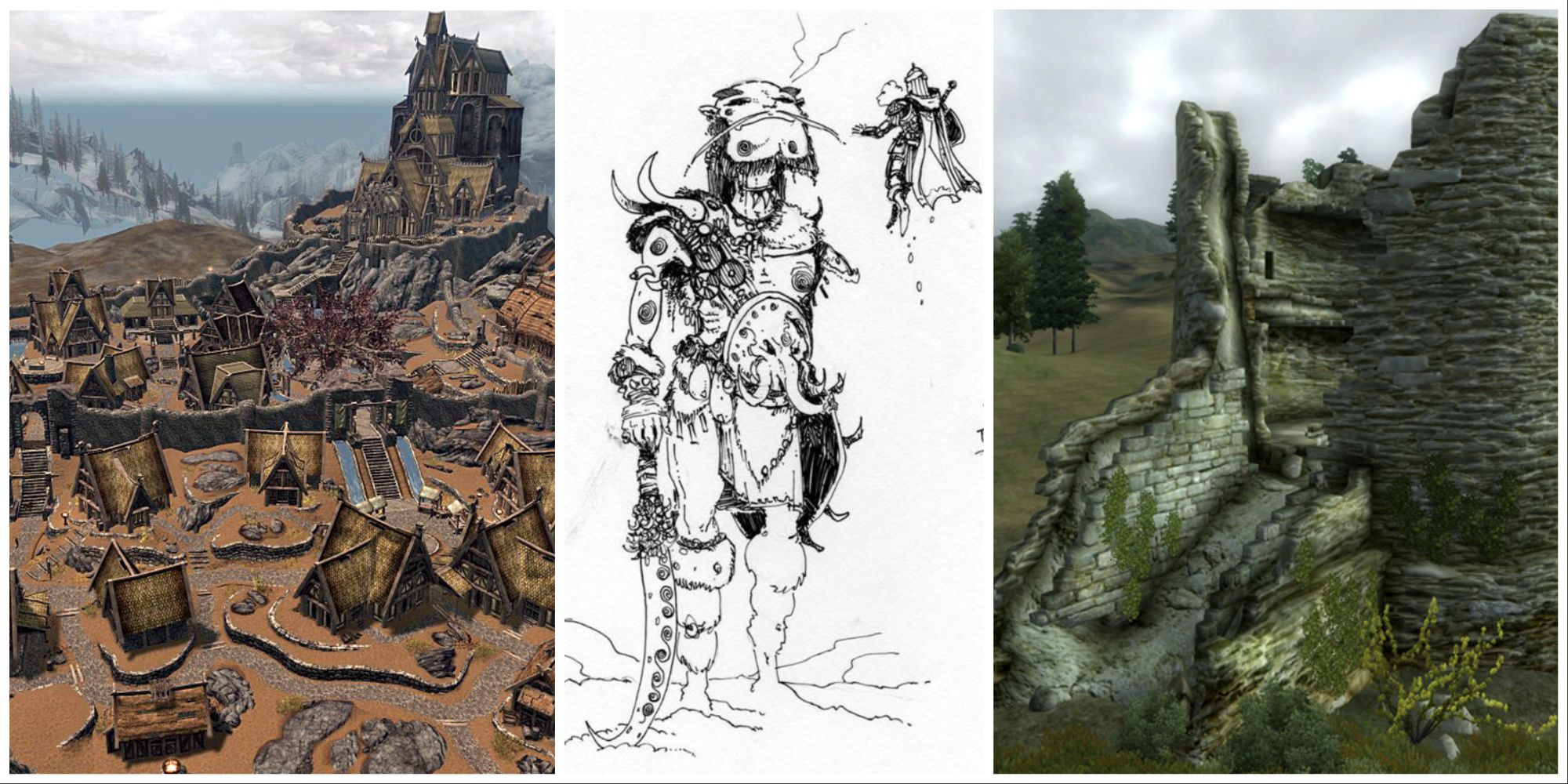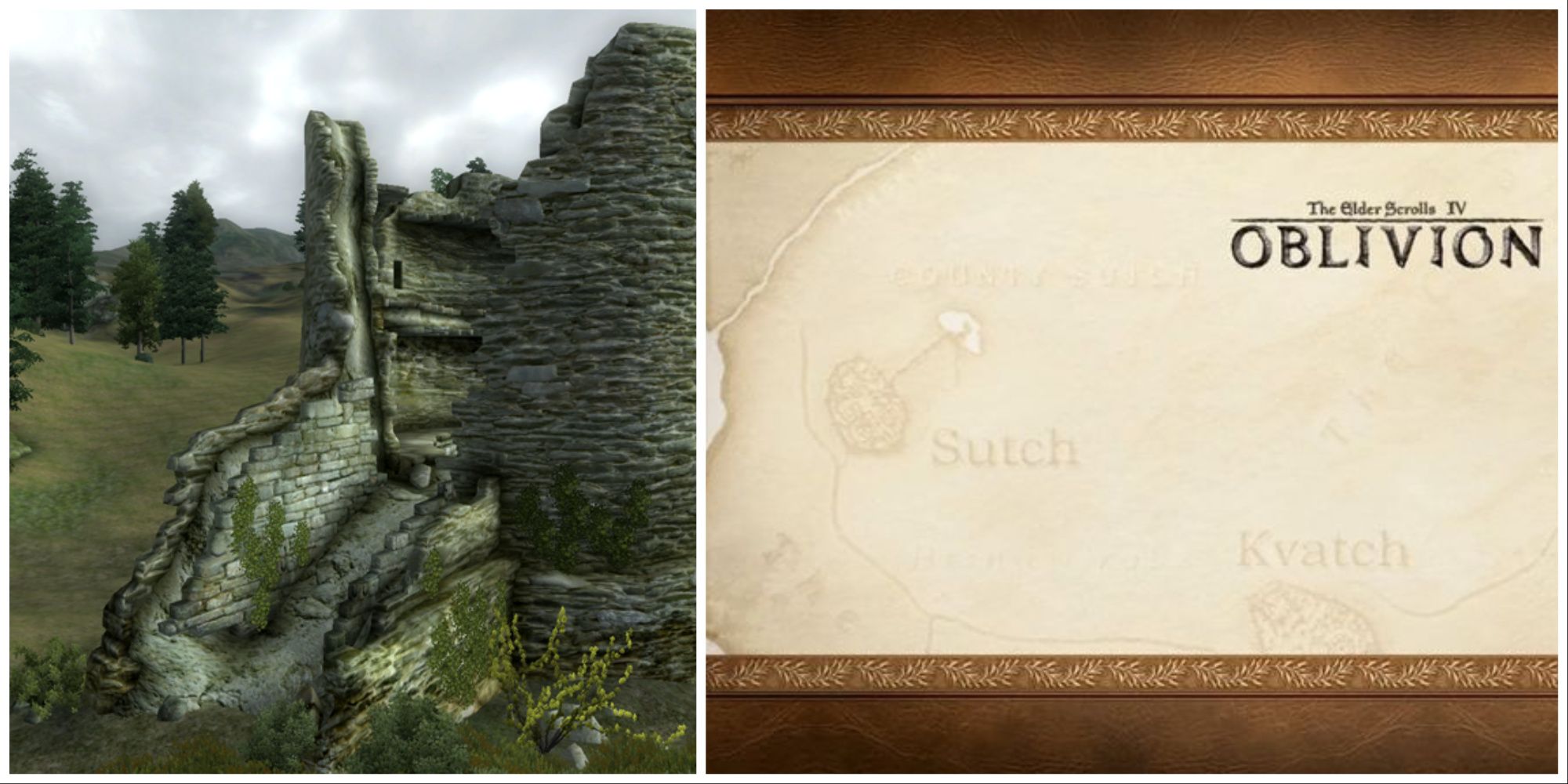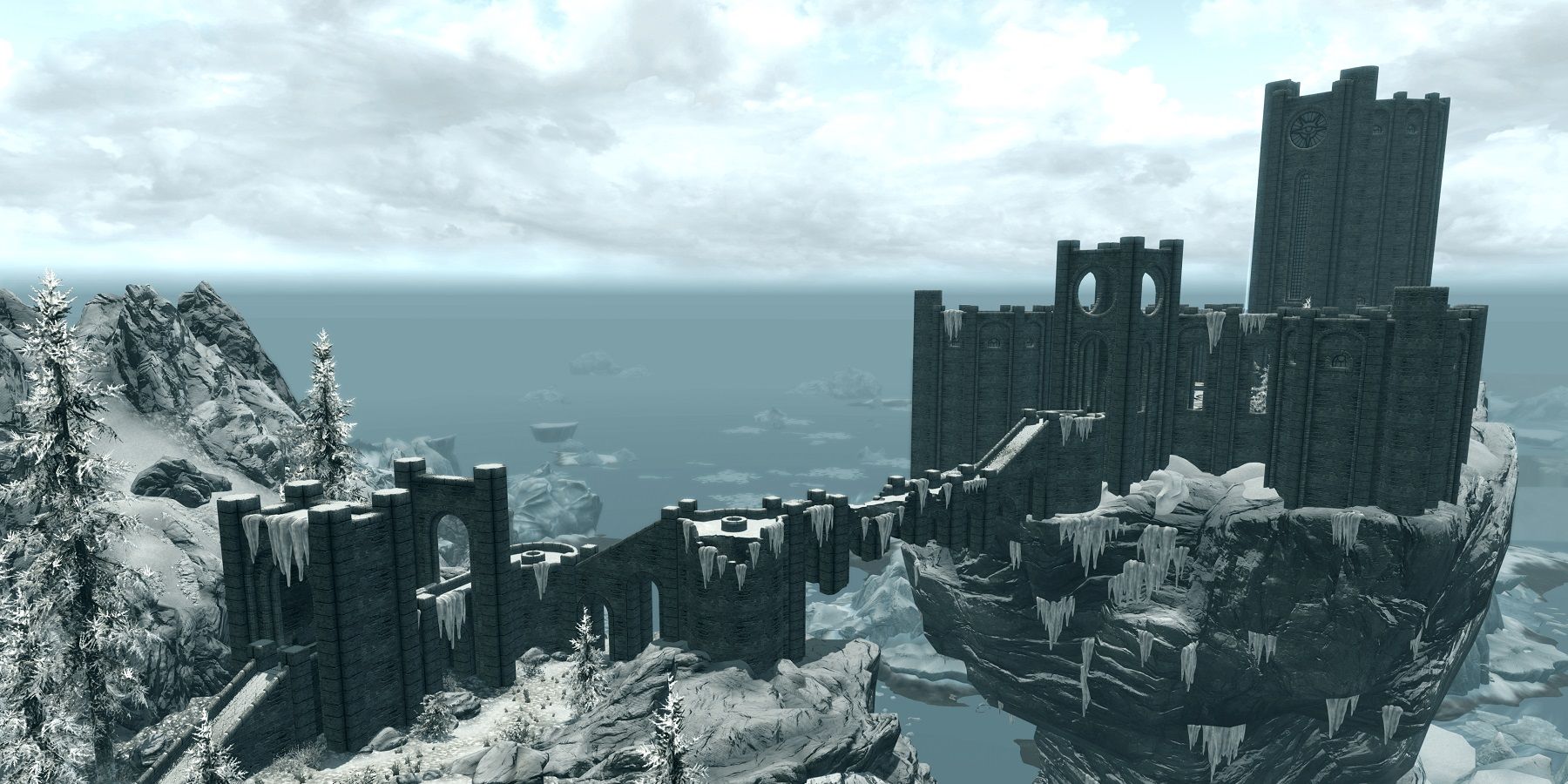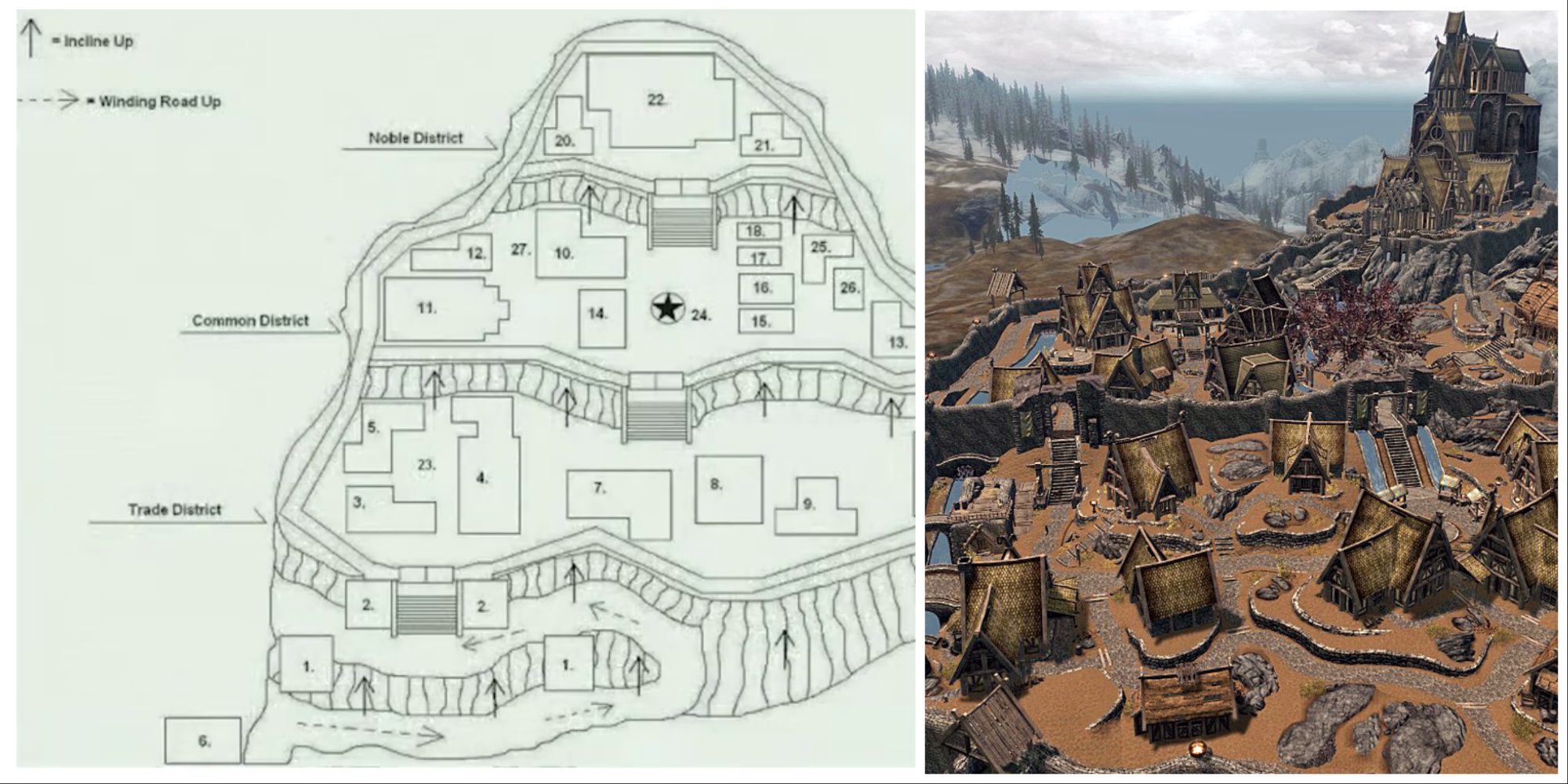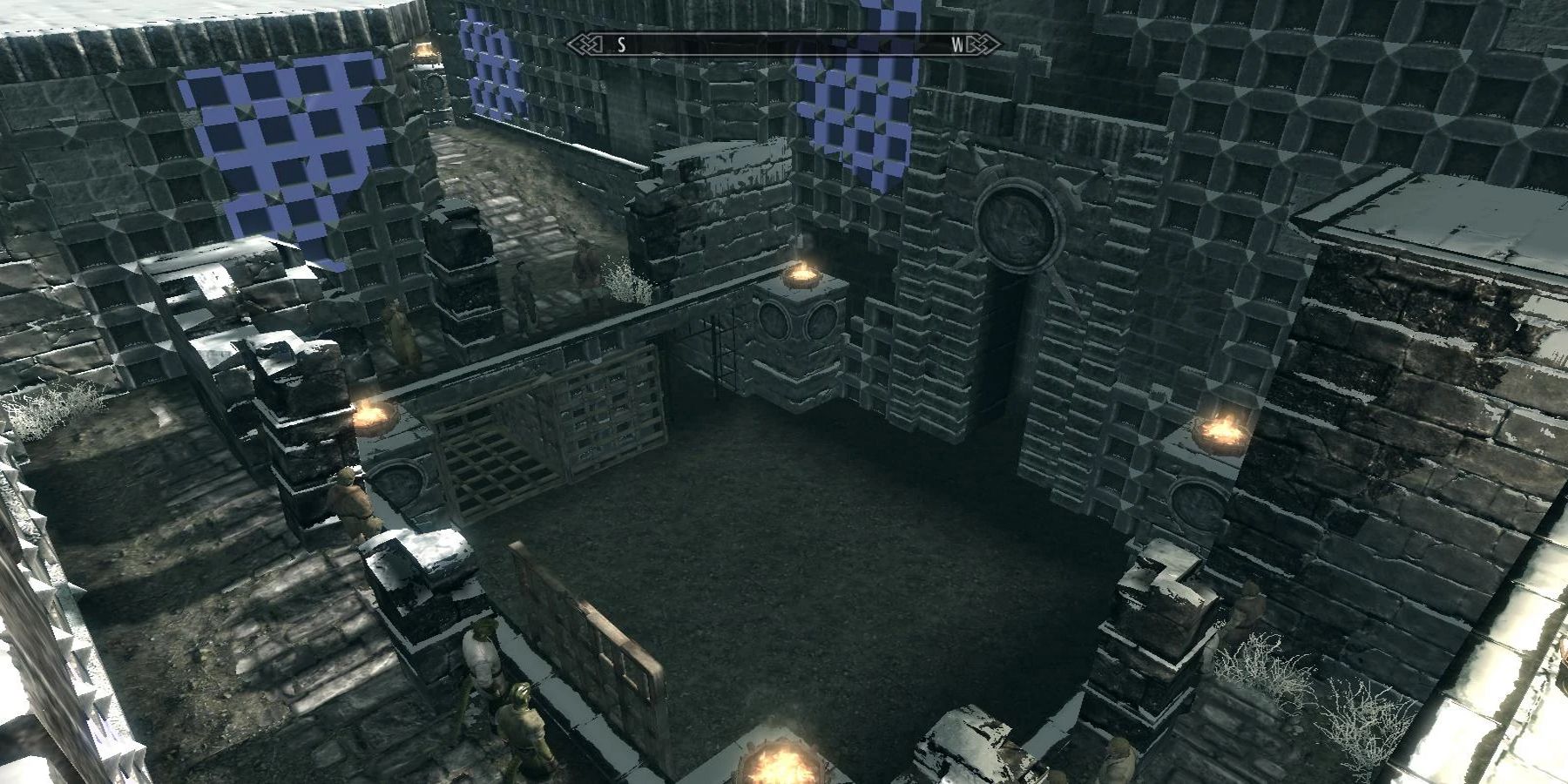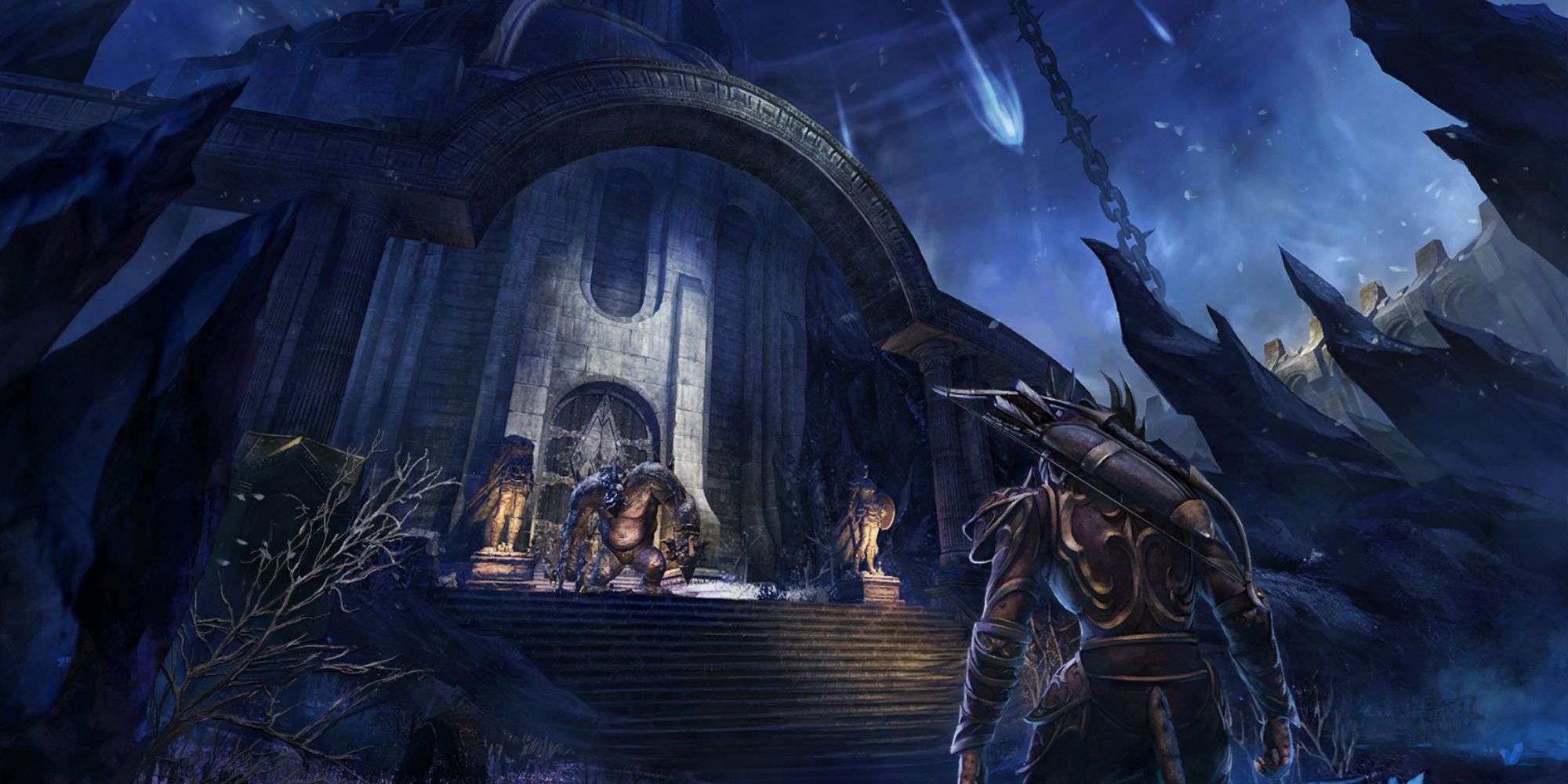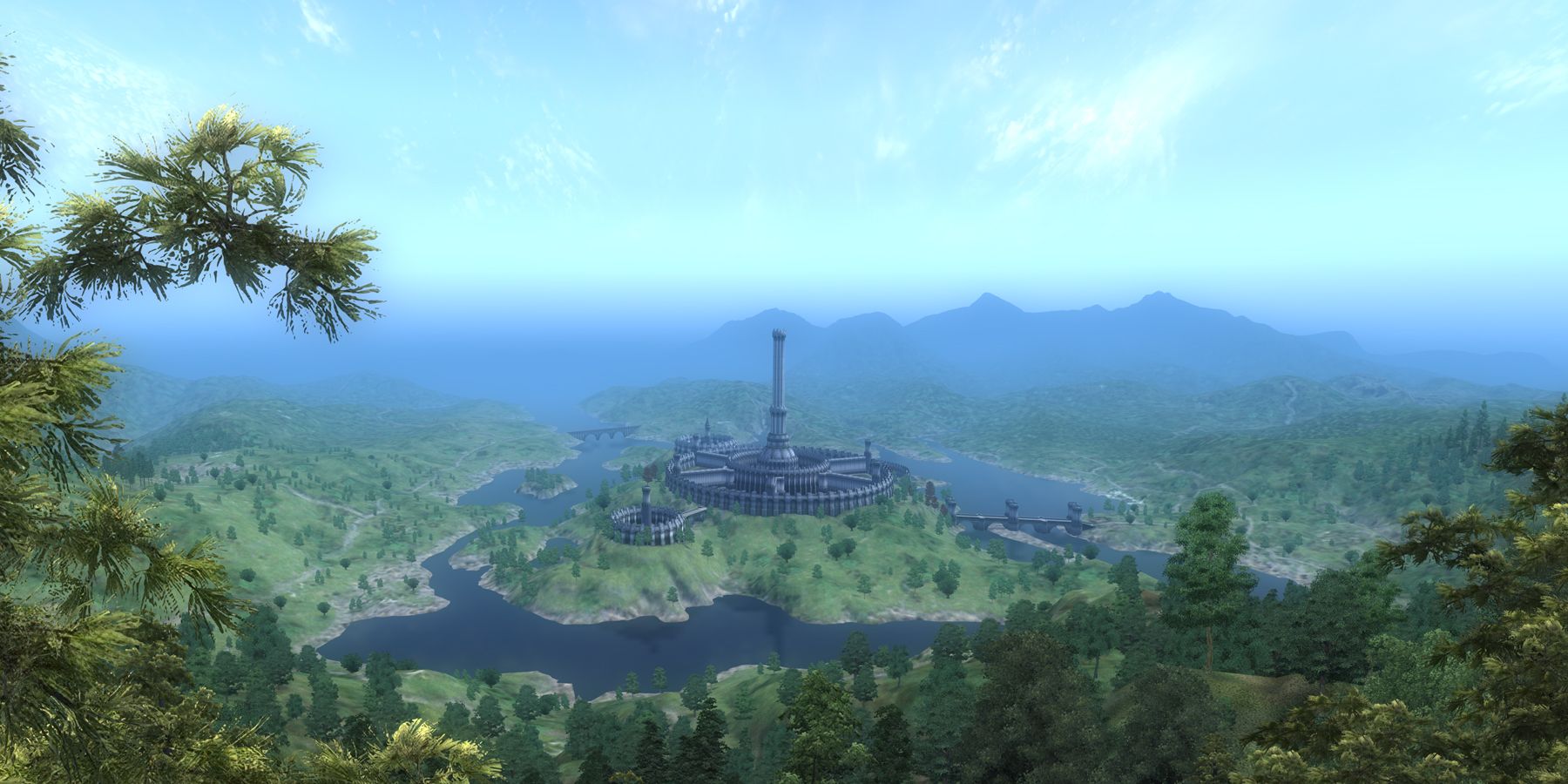Highlights
- Lore in The Elder Scrolls often contradicts itself, much like real history, and requires a discerning eye to interpret accurately.
- Certain cities and locations in the game are different from what is described in lore, due to time and resource constraints during development.
- Cut content, missing ruins, and changes in landscape are common occurrences in The Elder Scrolls games, but they can still provide interesting insights into the lore and world-building of the series.
Much of lore found in The Elder Scrolls is just like real history: full of contradictions, misunderstandings, and mythology. Like their real-life counterparts, lore masters of Tamriel must use a discerning eye when covering the events and descriptions of the past. Todd Howard is thought to have said that the world seen in-game offers a miniaturized depiction of the visions of the real place Bethesda's in-house moth priests see when scrying their sacred basement elder scrolls, although the story may be apocryphal.
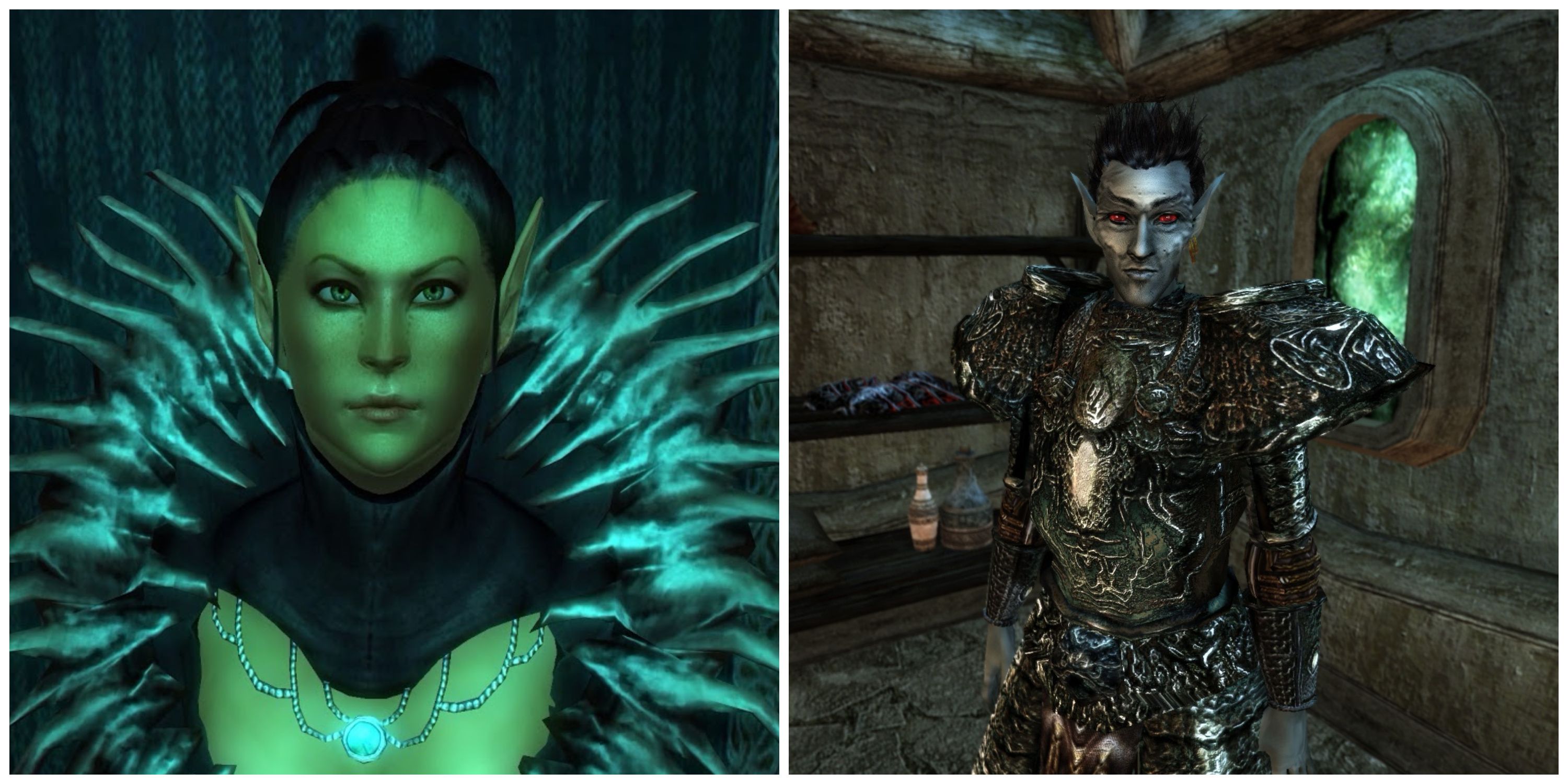
8 Darkest Elder Scrolls Characters
Tamriel is a dangerous and unforgiving place. As such, it should come as no surprise that plenty of despicable characters populate the land.
That being said, fans with an eye for detail may be perplexed to find written (and even spoken) accounts of towns, cities, and even whole provinces across Nirn to be much different from what is shown. The series is well-known for its mystical, metaphysical canonical retcons, there are only so many people with only so much time to work with in the studio, and only so much detail can be rendered by a computer at once. However, some places are dissimilar in ways that are beyond logical explanation.
6 The Gold Coast: Sutch (Oblivion)
No Sutch City Exists
- An entire city is missing from the Gold Coast
- Sutch was seen in old show demos and maps
Described as being a haven for artists from the first to third Era, this town would have existed somewhere in the Gold Coast region. Although only a ruined fort now stands in its place, there are many references made to Sutch in the Elder Scrolls games. For example, a book found in Oblivion details the exploits of a highly-skilled master thief, the central story in the book involving the theft of jewels from a Baron of Sutch named Ignace.
Sutch was likely cut for the sake of time during Oblivion's development, as can be seen on some early renditions of the game's title screen. Interestingly, each city in Cyrodiil (except the Imperial City) is dedicated to one of the nine divines. Sutch would likely have housed the missing Chapel of Kynareth.
5 Winterhold (Skyrim)
The Once-Capital City Of Skyrim
- The ruins seem a little too rubble-free for a former capital
- No city walls or ancient ruins, just broken farmhouses
The city of Winterhold was at one time the capital of Skyrim, and under Ulfe Gersen's stewardship in the third era, it was known to be a place of great wealth and prosperity. Around 100 years before the events of Skyrim, a terrible storm tore half of the city down into the Sea of Ghosts, leaving only the Mage's College, the Jarl's longhouse, and a few ruined houses and causing its residents to abandon the once-great city.
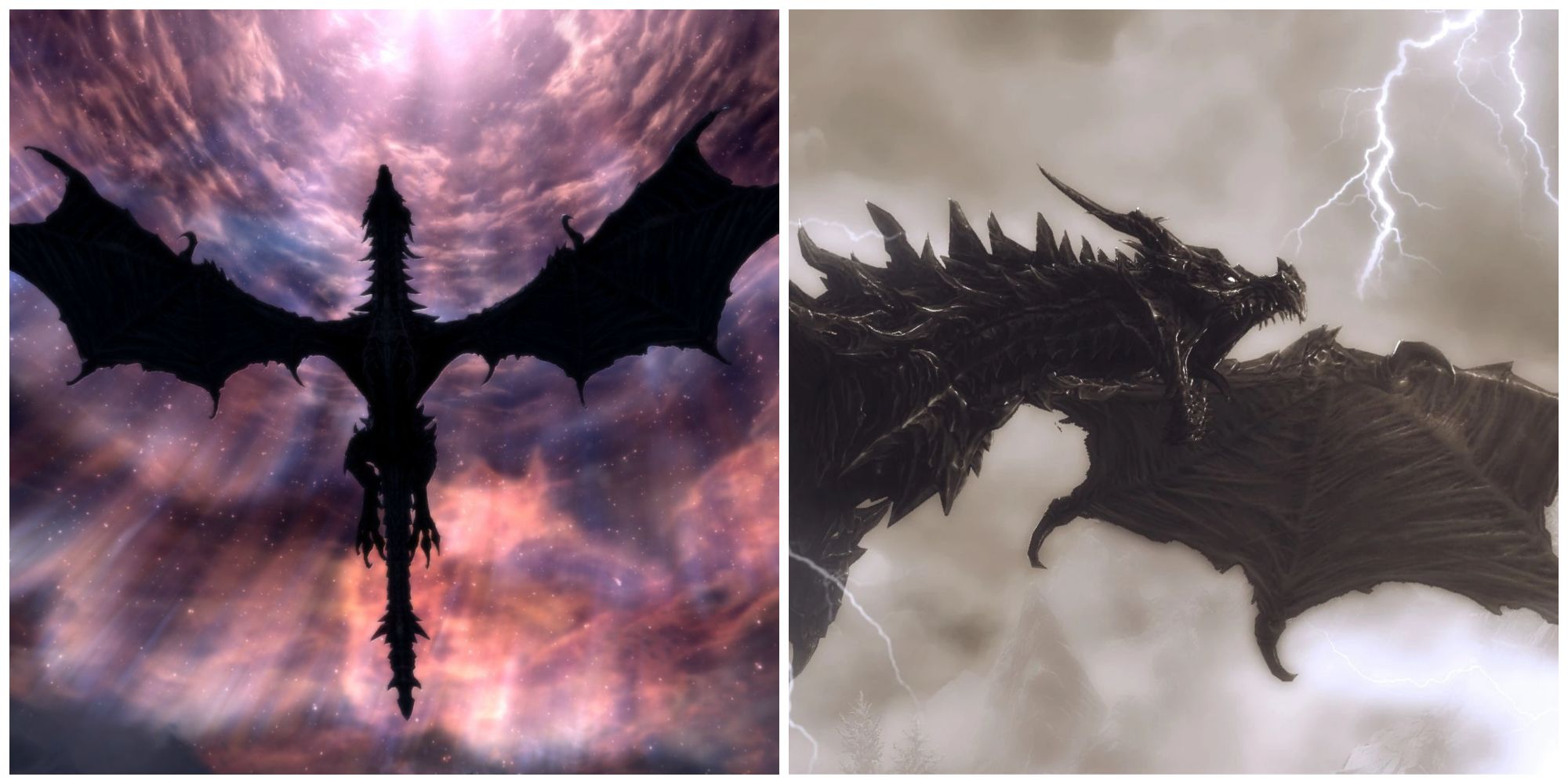
Elder Scrolls: 7 Things You Should Know About Dragons
Dragons may have made their grand entrance in Skyrim, but have a long history according to the Elder Scrolls franchise's lore.
However, it is strange that only a few bricks can be found at the foot of the cliff. Even on the outskirts of the city, where the remains of houses can still be explored, no city walls can be seen. The only lore-friendly explanation for the complete absence of ruins is that this ancient capital was built by magic in the first era, and so, perhaps his magic finally faded away, vanishing all the stone walls and structures with it (in other words, a wizard did it), but it's just more likely that the team were stretched thin getting the game shipped on time.
4 The Streets Of Whiterun (Skyrim)
Do You Get To The Cloud District Very Often?
- The hill on which an entire building is referred to as a "district"
- Hidden game files suggest that the Cloud District may have had other occupants
Whiterun contains perhaps the smallest but most obvious difference between its in-game lore and its depiction. Citizens of Skyrim's trade capital (one in particular) will constantly refer to the city's three districts: the Plains District, the Wind District, and the Cloud District. However, as any player who follows at least the first third of the main story will know, the third could hardly be called a "district," given that it is solely occupied by one structure, Dragonsreach.
An early concept map (shown above) shows two buildings beside the Jarl in the "Noble District." There are files hidden in Skyrim's code that suggest that the much-memed, Cloud District enthusiast Nazeem owned a home named Whitesand Manor, which could have been located beside the castle had the district been realized, instead of simply renting a room at The Drunken Huntsman every night. A book by Mikael the Bard does state that the Cloud District is exclusively occupied by the Jarl's castle, but then, he also describes the city's walls being made out of wood instead of stone.
3 Windhelm (Skyrim)
The Hall Of Trails
- Game files suggest the existence of an arena, perhaps the same that appears in TES: Online
- The space where the arena would have been is occupied by the Gray Quarter
In the rough, tough city of Windhelm where might makes right, it would make sense that an arena of some kind would be an integral feature of the city. In fact, in TheElder Scrolls Online, an arena does feature as part of the city. Skyrim's Windhelm arena was cut, ostensibly because of engine limitations, and would have been located where the Gray Quarter stands.
The arena is still in the game's files and can be accessed. It would have been used for entertainment by the local residents and the player would have been thrust in as a combatant if they were caught breaking the law. Perhaps the real reason that the Nords of Windhelm dislike the dark elves so much is that their precious entertainment was bulldozed for refugee housing.
2 The Imperial City (Oblivion)
There Is But One City In The Imperial Province
- Dizzyingly huge, multi-islanded, with rivers running between neighborhoods
- The city would have been a haven for cults and obscure religions
It's hard to understate how ambitious Bethesda were in making The Elder Scrolls 4. They were aiming at building the heartland province of an empire with entire cities dotting the countryside. The Imperial City would sit in the middle of them all. According to Elder Scrolls lore, the metropolis, the size of real-world Rome during the height of its power, is spread across eight massive islands situated in the middle of Lake Rumare.
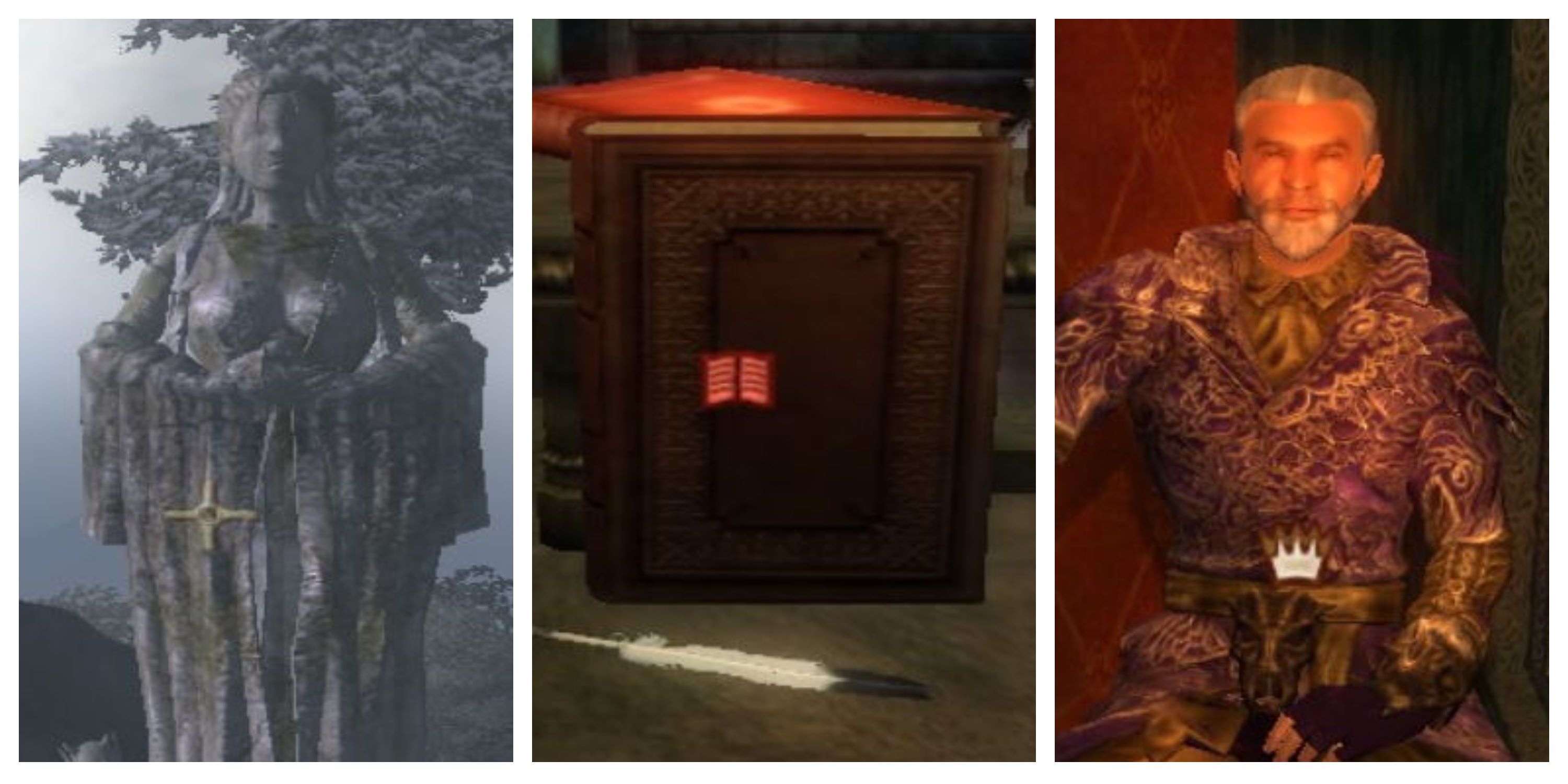
6 Books In The Elder Scrolls 4: Oblivion That Are Worth Reading
The Lusty Argonian Maid is popular, yet it barely fills a single page when transcribed. There are better books to read in Oblivion.
The capital was once referred to as "the city of a thousand cults" in The Elder Scrolls Online, as it was established as a city that allowed the flourishing of cults and religions of all kinds. A book named Pocket Guide To The Empire, 1st Edition found in The Elder Scrolls Adevntures: Redguard describes the city as having "whole neighborhoods [resting] on jeweled bridges that connect the islands together" and "ships floating along the flooded lower dwellings." Due to money, time, sanity, and engine limitations, the city was depicted as being a lot more homogeneous in Oblivion.
1 The Jungles Of Cyrodiil (Oblivion)
From Rainforests And Swamps To Temperate Middle-Earth
- The Imperial homeland was, from Morrowind lore, intended to be a lush jungle
- Certain movies influenced the game's director to make changes to the landscape
The history of Tamriel is chock-full of weird occurrences, from CHIM to retroactive Dragon Break retcon time shenanigans, such as the Warp In The West. Several in-game sources describe Cyrodiil as being a jungle with rice paddies, legion soldiers lost among thick, sweaty rainforest floors dotted with lost cult temples from a more mythic era.
There are many complicated explanations as to why the Heartlands is depicted as a mild-tempered forest in Oblivion, including esoteric meta-text about CHIM. However, perhaps the most concise explanation comes from Michael Kirkbride, the main writer and lorehead behind Morrowind, who said that Cyrodiil was envisioned to have been rainforests and swamps, but "Todd Howard watched The Lord of the Rings: The Fellowship of the Ring," and things changed. Fair enough, Todd.

